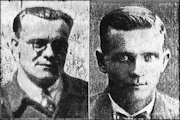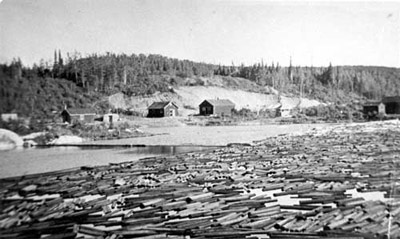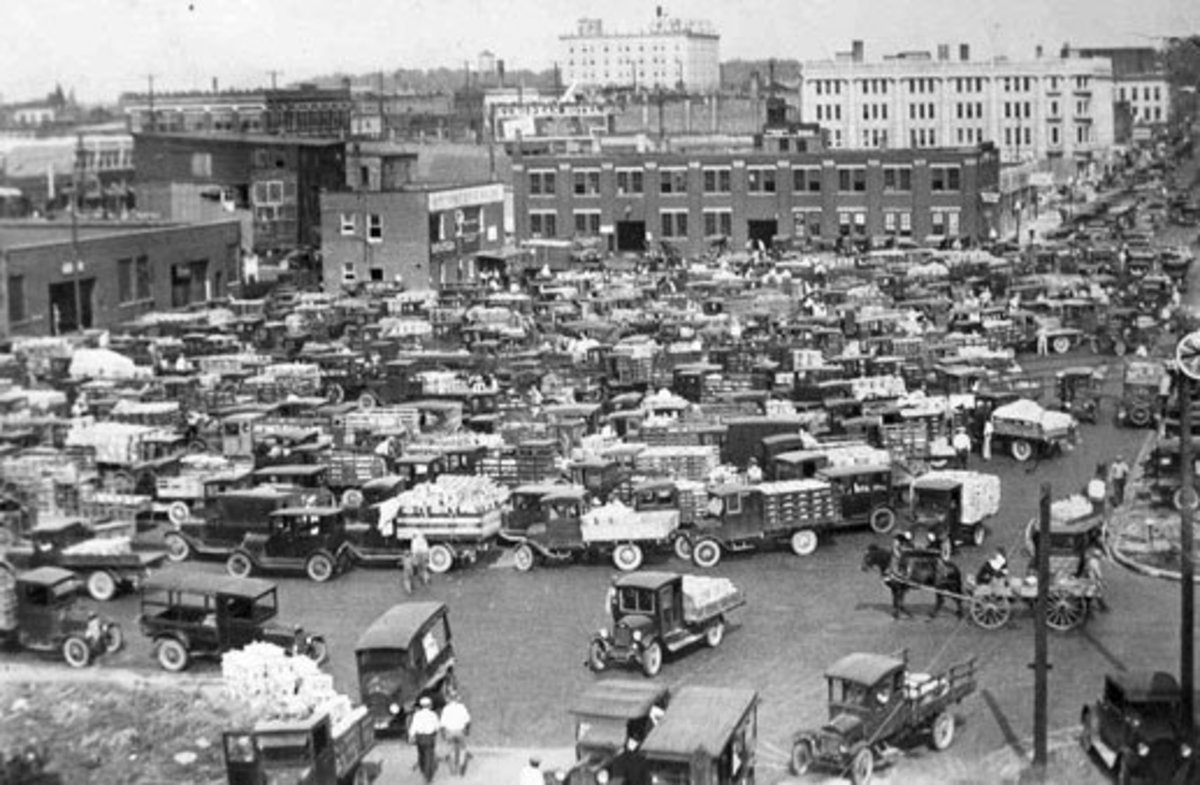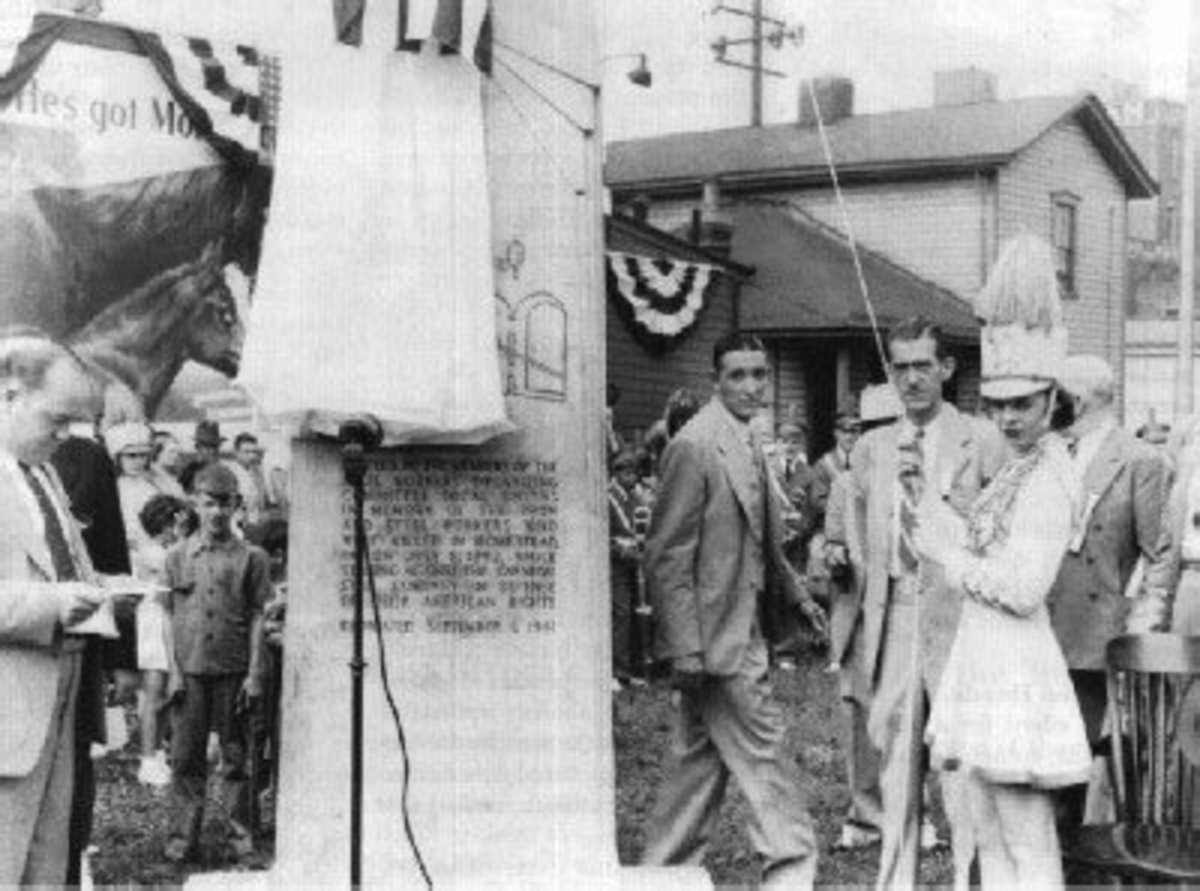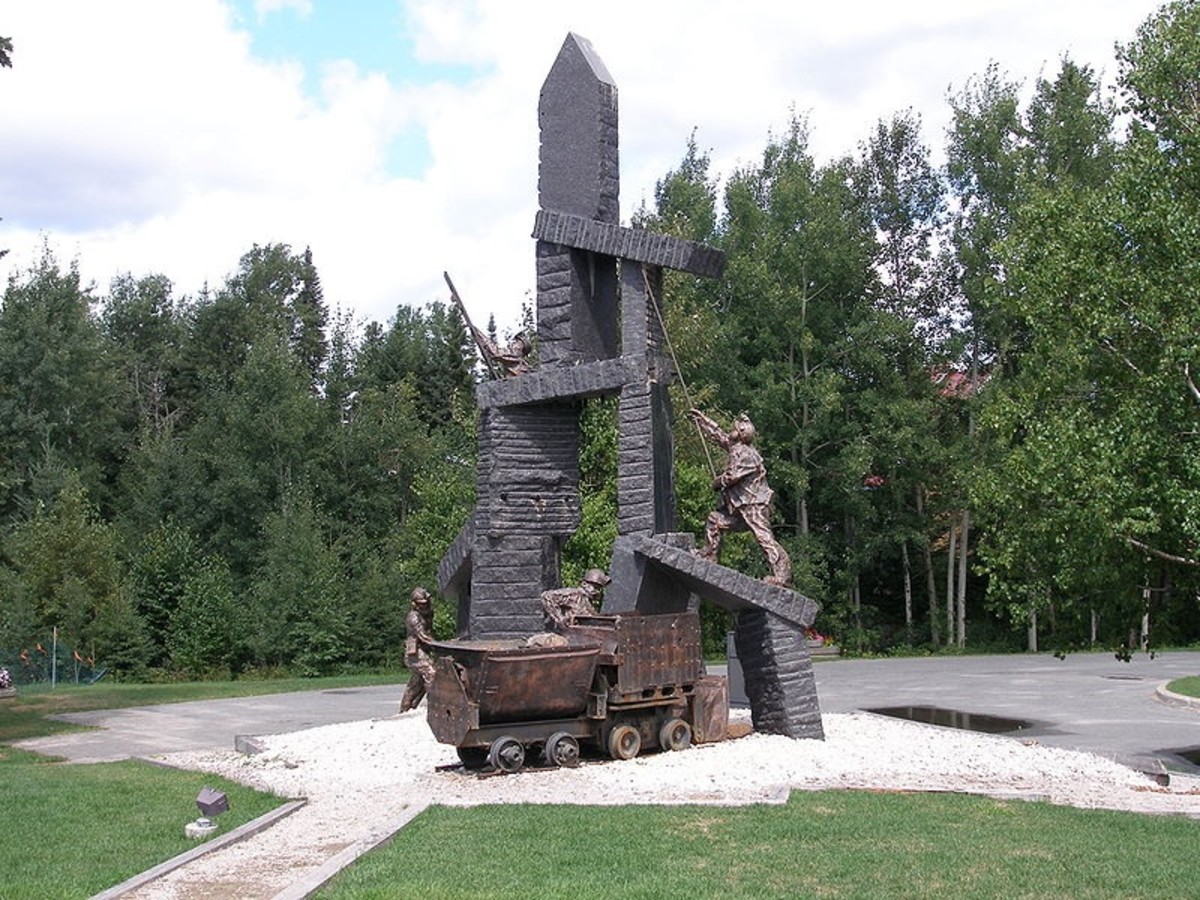Rosvall And Voutilainen Are Dead: The Death Of 2 Canadian Union Men
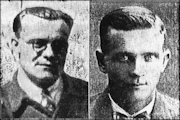
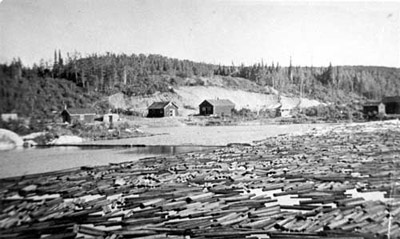
On November 18, 1929, two men, both members of the Lumber Workers International Union (LWIUC) went into the woods outside of Port Arthur, Ontario, Canada. Vilijo (Victor) Rosvall and John (Janne) Voutilainen, both experienced woods men and organizers were on their way to Maki's camp on Onion Lake - part of the Pigeon Timber Company of Port Arthur owned by E.E. Johnson, an American. Their goal was to talk to the workers at these camps into joining in the strike currently taking part in the Shabaqua district.
Life at Shabaqua
The strikers at Shabaqua had gone out earlier in 1929 with the hope of improving their life in a number of areas. The Abitibi Power and Paper Company feared the unions like they would a profit loss. According to several reports from the time, the security at such camps made them comparable to prison structures. Any worker who arrived faced a thorough search of their person and belongings in case they were a union sympathizer. If they passed the test, and had all the right papers, the company shipped them on to the camp. Here, they lived in company provided accommodation, bought and paid for company provided goods worked in accordance with company rules.
The wages of someone in the bush cutting logs for the company were low. Although the best may make, on paper “four cents a stick" (approximately $4.50 a cord), according to Alfred Hautamaki, the Secretary of LWIUC, and about “$4.50, less the usual dollar a board” a day, this was before the company and his “necessities” took away the following:
- Board: $1 per day
- Travelling per seasons: $10
- Mitts $6
- Shoes and stocking $25
- Working clothes $35
- Company doctor $1
Any supplies a bushworker had to get, he was forced to purchase from the suppliers in the lumber camp. This meant higher prices. As Hautamaki so succinctly put it: “Even a moron can see that the pulp cutter gets very little of the natural wealth that the capitalist press, travelling imperialist minded bishops and retiring governors rave about.”
The 1929 Strike
In 1929, when the Shabaqua strike erupted, the relationships between the striker, the non-strikers, the various companies involved and the two opposing union were complex. The basic issues, however, were not. Behind the strike was the low rate of pay. Other factors included:
- Poor camp conditions
- Compensation for the inferior quality of the timber
- Union recognition
With the strike underway and, according to many sources, failing, the LWIUC decided to send two volunteers through the woods to the camps near Pigeon River. In the way was the White (conservative) Finn subcontractor for Abitibi, Leonard "Pappi" Maki. He openly hated unions and disapproved completely of the position any Red Finns, including Rosvall and Voutilainen, had adopted.
Rosvall and Voutilainen Disappear
Rosvall and Voutilainen met just 10 miles north of Port Arthur at the small Finnish community of Tarmola, their destination was Onion Lake. They never showed up at their destination, a designated cabin where two Finnish trappers awaited their arrival. A week later, these two trappers showed up on the doorsteps of the Union Office in Port Arthur to discover if they knew what had happened. No one did.
From the beginning, the union expected Maki and his crew had had something to do with the disappearance. A five-man delegation arrived at Maki’s camp to ask him some questions. After balking, he admitted to seeing them on November 19. However, he said everything was not only cordial but also he had actually warned the two union organizers to stay off the thin ice. He further added he and his men had followed the two union volunteers for anywhere from 20 minutes to an hour after they left his camp. He said he had not heard any cries for help. His time frame of events, however, continued to be inconsistent with his character as well as with later evidence.
